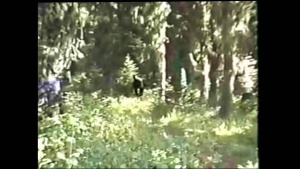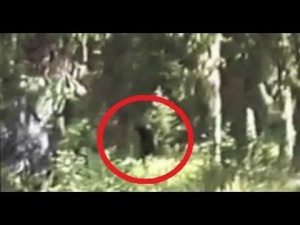(Historic) Paul Freeman
Leon Paul Freeman (1943-2003) was a sometimes controversial bigfoot researcher best known for his work in the Blue Mountains and Walla Walla region of southeastern Washington state.
While working as a watershed patroller for the U.S. Forest Service in 1982, Freeman claimed to have encountered a sasquatch near Walla Walla. His account brought him a great deal of criticism and disrupted his family’s life, causing him to quit his job and relocate. He returned to the area in 1984 and essentially devoted the rest of his life to a search for sasquatch evidence. He collected suspected sasquatch hair, photographs, and variety of casts of footprints and other body parts. In 1992 Freeman followed a series of tracks near Deduct Creek and obtained close-up video of what appeared to be a large dark-haired creature walking through the dense forest. This clip was included in the DVD extras section of the 2003 Discovery Channel documentary "Sasquatch: Legend Meets Science."
Bigfoot researchers were divided regarding Freeman’s reliability and the validity of his evidence. Rene Dahinden, for example, suspected his motives, and others dismissed Freeman as an admitted hoaxer. However, some argued that Freeman’s supposed admission to hoaxing was misconstrued and voiced support for his credibility. Supporters from the scientific community included Grover Krantz, W. Henner Fahrenbach, Jeff Meldrum, and John Mionczynski. Fingerprint and forensics expert Jimmy Chilcutt, who has extensive knowledge regarding primate dermal ridge patterns, observed dermal ridge evidence on some of Freeman’s casts that helped convince him of the existence of an undocumented primate. An analysis and discussion of some of these dermatoglyphics and why they were unlikely to have been faked is available here in a journal article written by Dr. Grover Krantz.



